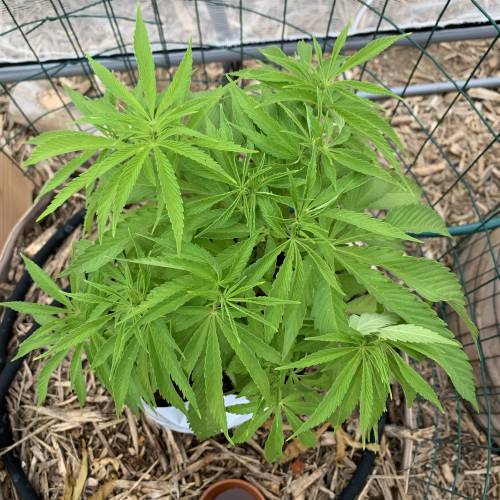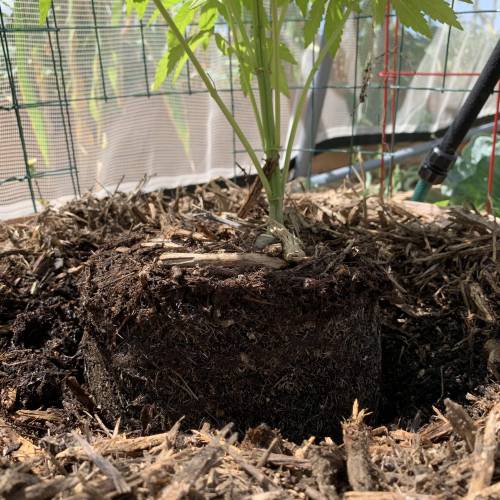deFharo commented5y ago
Para la extracción de ácido húmico, fulvico e himatomelanico, yo uso como materia prima leonardita, las extracciones las realizo por hidrólisis alcalina, también lo hago con bio fermentados. Un saco de 25kg de leonardita tiene un costo de aprox. de $25. y puedo sacar producto para nutrir 4 hectareas, para la fórmula básica sólo necesito: Un barril, Leonardita, Agua pura y KOH. Tengo varias formulaciones donde además de la leonardita como elemento principal, añado otros minerales y componentes orgánicos, el producto resultante es excelente, yo lo uso en diferentes fases de mis cultivos.
Sigue mis diarios orgánicos, tengo tips sobre como hacer toda clase de preparados orgánicos. Saludos
like 1


















































































